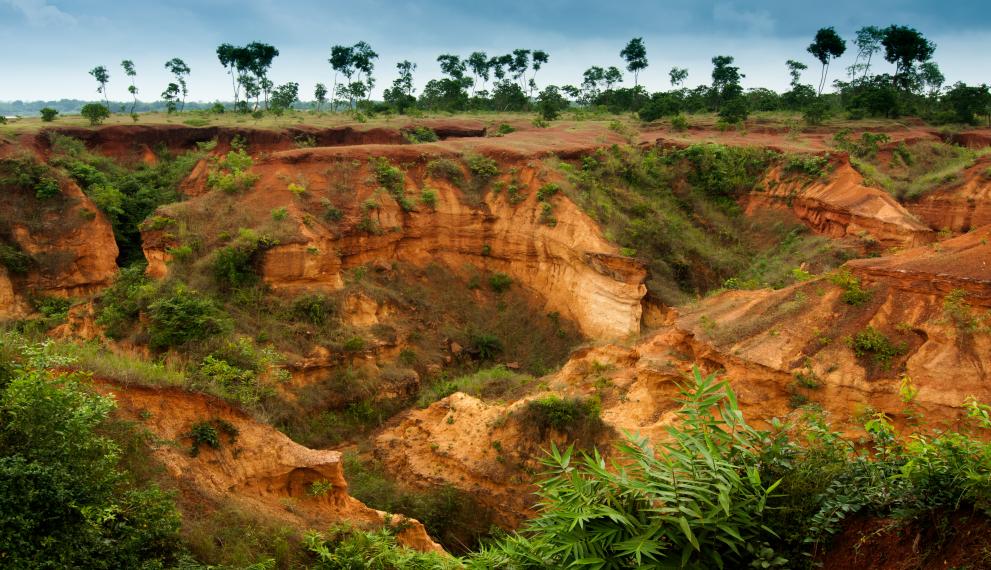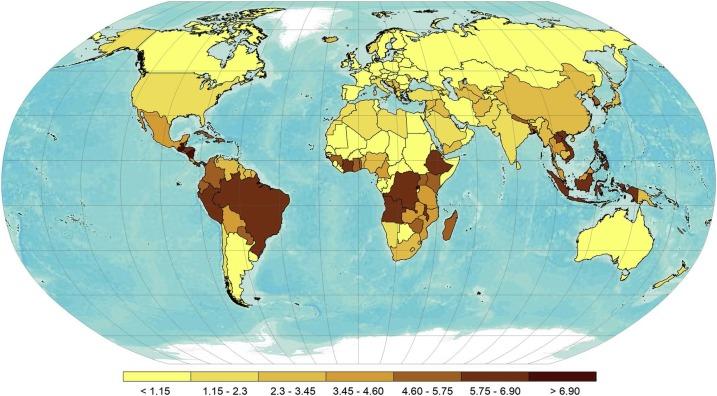
A recent JRC study finds that soil erosion by water costs the world economy about US$8,000,000,000 (eight billion US dollars) a year.
This lost soil reduces global agri-food production by 33.7 million tonnes, leading to increases of up to 3.5% in world food prices, and widens the competitive gap on world agri-food markets.
The study shows that soil erosion is unambiguously detrimental to global food production, and gives rise to concerns for food security, particularly in the poorest parts of the world.
Soil erosion: an environmental and socio-economic problem
Soil erosion is a major environmental problem. It reduces land productivity through the loss of topsoil and nutrients, and reduced soil fertility (and therefore crop yields), and adds to global warming as it unlocks carbon dioxide (CO2) emissions to the atmosphere.
As agricultural activities intensify and expand to more marginal land, they require greater water inputs; this has led to an average 1.6% increase in water extraction (more than 48 billion cubic metres) worldwide.
Soil erosion is also an economic problem, as it leads to increased food prices. This economic cost is most keenly felt by the most vulnerable populations of the world.
Global market impacts of soil erosion
This is the first study ever to capture the economic value of land productivity losses due both to the direct loss in production (crops lost multiplied by market values) and to the knock-on structural economic change caused by the changes in primary resources, such as land quality. It is also the first to apply this method on a global scale.
It finds that almost one quarter of global arable land is subject to severe soil erosion, and that the rate of erosion varies significantly among countries. More than 70% of the arable land in the Caribbean, Brazil, Central Africa and Southeast Asia is undergoing severe erosion; this figure drops to only 3% of the arable land in Australia, Canada, Russia, countries in the Sahara and most of the European Union.

The social and economic cost of soil erosion is most evident in Indonesia and India, where the 0.1% of GDP lost due to soil erosion has a massive impact on the food bill of the more vulnerable members of the population.
The researchers call for greater global action to protect soils. They point out that, while some countries are implementing local measures to prioritise soil governance and conservation, there is still no global multilateral environmental agreement on soil protection.
As the world's population and demand for food spirals it is imperative that food is produced efficiently and sustainably. This requires healthy and productive soils that are maintained managed effectively, including the reduction of soil erosion.
Further information
Related Content
Details
- Publication date
- 23 May 2019
